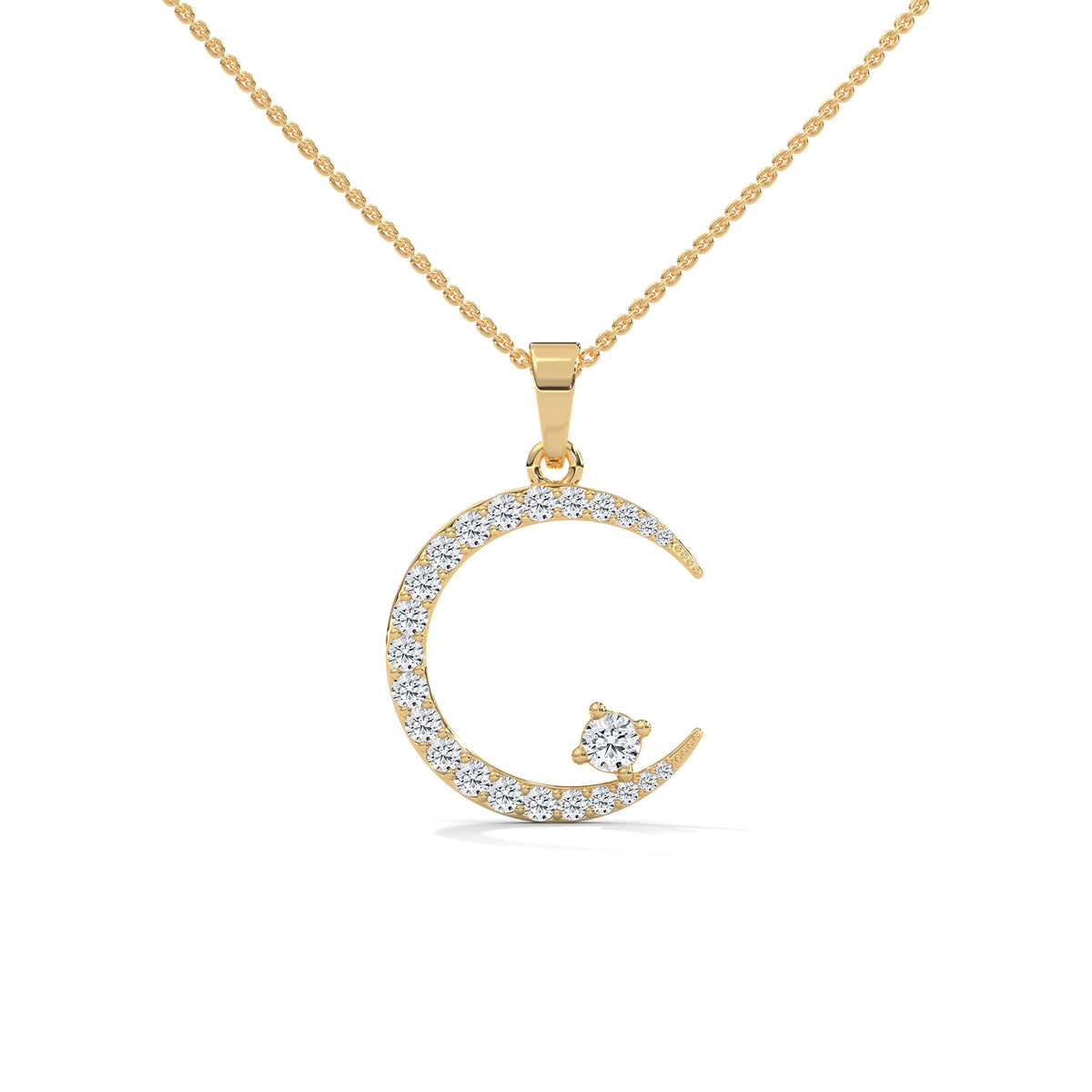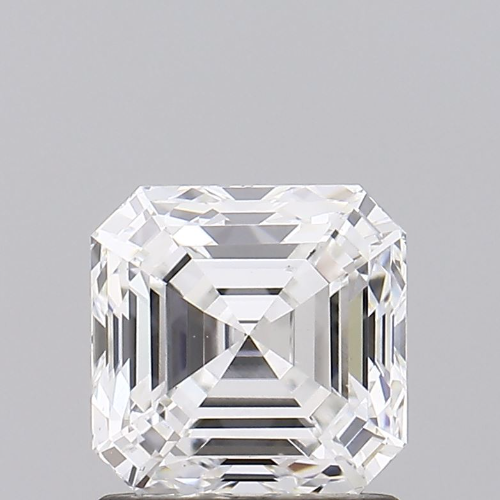Table of Contents:
- Introduction
- What is a December birthstone?
- History of Zircon birthstone?
- Where is zircon gemstone found?
- Types of Zircon
- Benefits and Healing Properties of Zircon.
- Zircon Jewelry
- Caution and Cleaning of Zircon Jewelry
- Conclusion
- FAQs
1. Introduction
December is a month of joy, hope, new beginnings, and thanksgiving as we witness the festival lights of Christmas and New Year's Eve. Those lucky charms born in December are often considered dynamic, energetic, and ambitious. What could be a better gift than a beautiful jewelry piece, especially with a precious birthstone? Not limiting the word ‘birthstone’ only to December babies, it also serves as a highly personalized and warm present perfect for loved ones, family, and friends to make this year's end special and brighten the festival, Evening.
2. What is a December birthstone?
Tanzanite, zircon, and turquoise are December birthstones. It is a natural, semi-precious gemstone. This unique gem comes in various colors, including blue, yellow, red, orange, and green, but white is the most well-known. It exhibits intense brilliance and strong luster, resembling that of a diamond.
Unique properties-
This precious gemstone may not be as popular as other gems, but they are still very attractive. In addition to being one of the heaviest gemstones, Zircon has several remarkable physical properties that raise it to an extraordinary status. Even in the darkest or most remote corners, they just need a small beam of light to showcase their stunning brilliance. Its significant brilliance is due to its high refractive index, which is even greater than that of a Sapphire, Ruby, or Spinel. It creates a stunning display of flashing rainbow colors when the stone is moved in the light.
Another fascinating feature of this gem is double refraction wherein light entering the gem splits into two rays.
3. History of Zircon birthstone?
People cherished it for its ability to promote sound sleep, protect against unholy forces, and bring prosperity. Blue Zircon became popular in Victorian jewelry, while Cloudy or Smoky Zircon was used in mourning pieces. By the 1920s, heat treatment was routinely used to enhance Zircon's color for jewelry.
Zircon is referenced in an ancient Hindu poem about the mythical Kalpa tree, which is adorned with fruits of precious stones and zircon leaves, symbolizing wealth and prosperity.
In some Jewish legends, an angel named Zircon led Adam and Eve to the Garden of Eden, granting them a path to knowledge and wisdom.
Birthstone Zircon, formerly known as Hyacinth, is also mentioned in the Bible as one of the fiery stones in Aaron's breastplate and as a foundation stone of Heavenly Jerusalem, symbolizing purity and eternal light.
4. Where is zircon gemstone found?
Most of these gems are found as smooth water-worn gravels in deposits situated in the regions of Cambodia, Vietnam, and Sri Lanka. Best Zircon gemstones are mined in several locations including Tanzania, Burma, Madagascar, and Brazil. These gemstones typically come in colors such as brown, reddish-brown, green, or yellow.

Recently, attractive colored Zircons have been found in the northeastern region of Tanzania, specifically in the Tanga province south of Umba. The fancy-colored Zircons from Tanzania are heat-treated to result in a wide range of hues, such as pale yellow, brownish-pink, yellowish-brown, brownish-orange, and even red, all exhibiting remarkable shine and dispersion.

5. Types of Zircon
Based on Physical Features:
Zircon’s are classified into the following types predominantly based on its physical characteristics:
High Type:
they exhibit the typical physical and optical properties associated with the mineral.
Intermediate Type:
Intermediate or medium Zircons have experienced some structural damage due to radioactive elements. Their physical and optical properties are a little degraded.
Low Type:
Low Zircons suffer from extensive crystal-structure damage caused by radioactive elements, resulting in significantly reduced optical and physical properties.
Zircons primarily used in Jewelry are High Type Zircons. Interestingly, the damage to the crystal structure due to radiation can be partially reversed by heating the zircon to high temperatures.
Based on Color
- Bicolor Zircon, which features two distinct shades.
- White or Transparent Zircon, prized for its diamond-like appearance.
- Saffron Zircon, featuring warm and vibrant tones.
- Jargon Zircon, often nearly colorless or with a pale yellow hue.
- Cinnamon Zircon, showcasing warm brown tones.
- Ratanakiri Zircon, a blue variant that comes from Cambodia.
- Hyacinth Zircon, which ranges in color from yellow to garnet.
- Green Zircon, presents a deep, calming green color
- Pink Zircon, signifies delicate and feminine beauty.
- This variety showcases the beauty and diversity of Zircon as a gemstone.
6. Symbolism and Spiritual Significance of Zircon Gemstone?
A. Benefits and Healing Properties
This precious stone is linked to protection and healing, suggesting that December-born individuals often possess strong integrity and morality.
-
Its unique benefits include:
- Increasing energy levels and physical tolerance.
-
Reducing fatigue and increasing stamina, making it valuable for those in demanding professions.
- Improving circulation and metabolism while boosting the immune system.
- Relaxing the mind and soul due to its association with water.
- Clearing blocked energies for overall harmony.
- Instilling confidence and strength in the wearer.
B. Additional health benefits of Zircon include:
C. The Spiritual Significance and Symbolism of Zircon
- According to folklore, Zircon, also known as the "Stone of Virtue" has grounding and healing qualities that support people in feeling emotionally, physically, and spiritually balanced. Primarily linked to the Root Chakra, it is thought to ground and stabilize the wearer's energy, providing a strong sense of security and a connection to the material world. It encourages, inspires, and offers direction when required, assisting people in reaching their objectives.

7. Zircon Jewelry
A. How to Choose Zircon Jewelry?
When selecting Zircon jewelry, the following four C's are typically considered:
-
Color:
This natural gemstone comes in a variety of colors; but Blue Zircons are mostly preferred by consumers, which account for nearly 80 percent of total Zircon sales. While Red and Green Zircons are valued as collector's stones, Cat-Eye Zircons are rare and not very often available in the market.
-
Clarity:
These are generally free of inclusions visible to eyes, but untreated Zircons may have excessive cloudiness and thereby may lose value. Most zircons used in jewelry are prized for their clarity and brilliance, being free of any visible inclusions.
-
Cut:
Zircons are usually cut in a brilliant style to enhance their luster, but can also be found in step cuts or mixed cuts.
-
Carat Weight:
Availability varies by color, with blue and green zircons typically ranging from 1 to 10 carats, yellow and orange zircons up to 5 carats, and red and purple zircons generally being smaller.
B. Use of Zircon in Jewelry
-
Solitaire Rings
– Blue Zircon is a popular alternative to diamonds for engagement rings.
-
Earrings
– Colorful Zircon makes stunning earrings and studs. -
Vintage Jewelry
– The gem was favored in Victorian and Art Deco pieces. -
Bridal Jewelry
– Affordable Zircon options allow for budget-friendly bridal sets. -
Children's Jewelry
– Its low cost makes it ideal for children's accessories.

8. Caution and Cleaning of Zircon Jewelry
- In the bowl itself, gently scrub the piece lightly with an old, soft-bristled toothbrush
- Further, rinse with clean water and wipe dry.
- Heat treatment to improve or change the color of the gemstone affects its properties, making it a little delicate.
- It is best to avoid wearing such jewelry in tough situations such as doing dishes, playing sports, or gardening.
- Ultrasonic and steam cleaners are not an appropriate cleaning treatment for Zircon Jewelry as some heat-treated gemstones may revert to their original color on exposure to heat or bright light.
9. Conclusion
December birthstone Zircon, besides being one of the closest substitutes for diamonds, is a naturally forming gemstone showcasing the most extraordinary characteristics. Having its own spiritual and astrological importance, the gem also offers several health benefits. Since it comes in varied colors, it is significantly used in jewelry and other decor making it an ideal gemstone to be worn every day or on special occasions.
10. Frequently Asked Questions (FAQ’s) :
Q.1. What is the worth of the Zircon gemstone?
Zircons are affordable varieties that range from $22.91 to $49.43 per carat.
Q.2. Does Jewelry containing Zircon gems change color over time?
Yes, Zircon stones are likely to lose their shine
Q.3. Is Zircon a fake stone?
It is frequently mistaken for Cubic Zirconia, as both are derived from Zirconium, but in contrast to Cubic Zirconia, which is a man-made product, Zircon is an authentic and natural gemstone.



